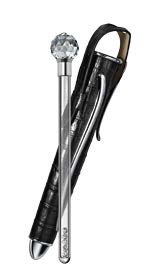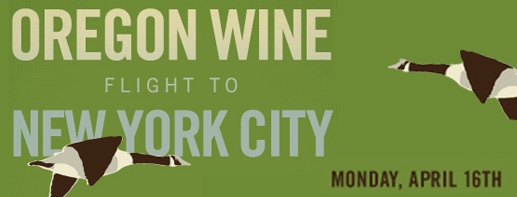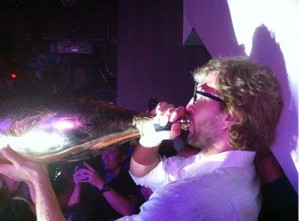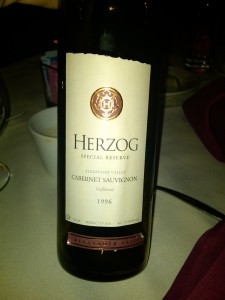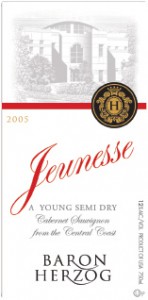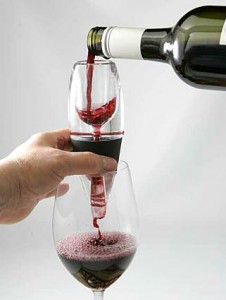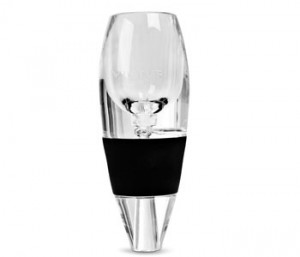Yet again, it has been a while since my last post…can’t say it has been writers block anymore. I have so much to say…
My infatuation with tasting wine hasn’t waned and I was recently in touch with a new friend, Jeff over at Vini Wine Bar in Davis, CA. He is one of the great ones in this business, making wine accesible to all & encouraging people to taste wine whenever possible, in his case by utilizing wine dispensing machines to enable small tastes of wine for people before they go ahead and purchase bottles. Great work Jeff…keep it up!
Though I’m primarily writing today as relates to wine aeration devices. I’ve previously spoken highly of one such gadget I really like, the Vinturi. I think it does a great job of helping young wines open up quickly, eliminating the need to wait for a wine to open up. But I was recently introduced to a very cool device known as the Wine Wand. While not inexpensive, this is a device like no other. Rather than force the wine through a device that introduces extra oxygen to the wine to speed up the aeration process the Wine Wand is a Philip Stein product. Philip Stein is best known for their watches and devices that work with “Frequency Technology”. Frequency technology is based on the idea “that natural frequencies (have) the power to improve one’s overall wellbeing”. The frequency technology in their watches “provide information to the biofield that makes the person more resilient and adaptable to stress”.
Getting back to the wine wand, I tried it last night for the first time and I was impressed. It seemed to accomplish what it set out to accomplish, specifically help a wine to open up and become more aromatic and soft within 2-3 minutes.
How does it work you ask??…from the Philip Stein website: “The Wine Wand has been created to accelerate the aerating process of wine by replicating the natural frequencies of air and oxygen, and infusing them into the wine. This process allows your favorite wine to be perfected and ready to drink in only 2 or 3 minutes. ”
Well, I must sadly admit that all this natural frequency stuff is way over my head. But I can tell you that the wine opened up nicely and showed REAL WELL when I used the wine wand.
So if you are in Davis, CA go visit Jeff at Vinibar and if you are looking for an elegant and unique wine “open-upper” (hey, its not an aerator) for the wine lover who seemingly has everything check out Philip Stein’s new Wine Wand.
Happy Wine Tasting!
WTG
